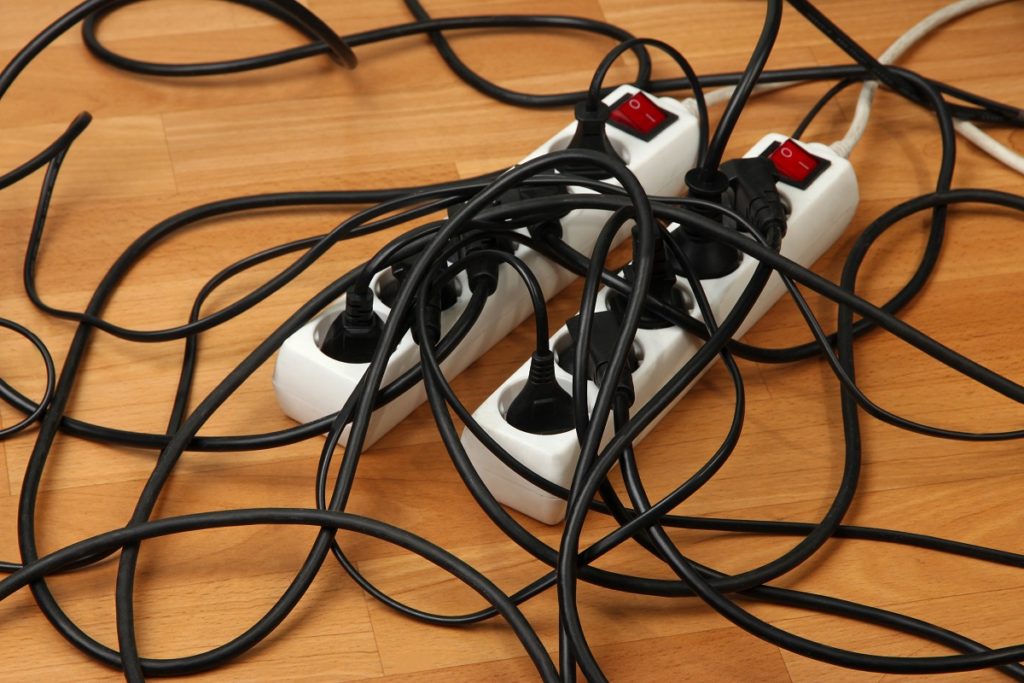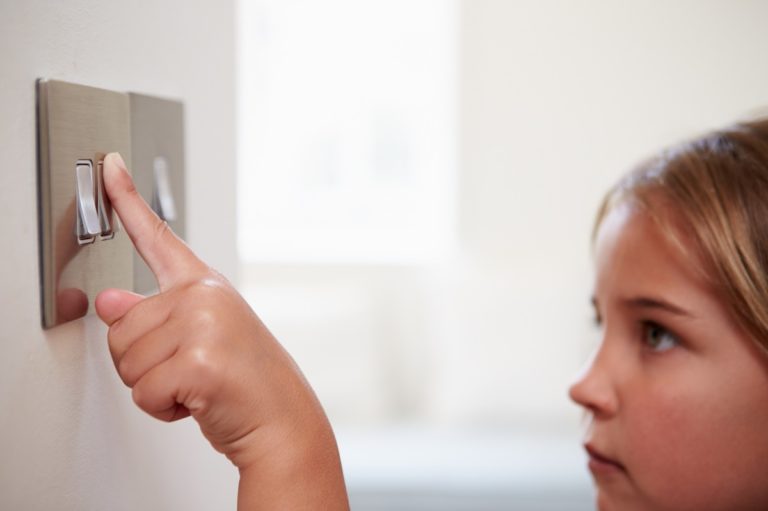Don’t be fooled by your home; it may look comfortable but if you’re not careful, it can turn ugly pretty fast. And this is nowhere as damaging as in the case of electrical accidents. Electrical fires are responsible for about 51,000 fires on average every year. It may seem like bad luck but there’s more. Every year about 500 lives were lost to these fires. Add to the mix 1,400 people injured and over $1.3 billion in damages to property. And you know erring on the side of safety is not an option; it’s a must.
What’s even more cringe-worthy is many of these electrical fires are largely preventable. It’s a process. Those that respect the process, go through the motions of preventive maintenance, live safer lives even in a storm. Luckily, there are proven-and-tested ways to make it happen.
Never Overload
Think of your electrical circuitry at home like an elephant. It’s big and mighty and can carry a lot of loads. But on the other end, it has limits. Electricity light our rooms and our paths but if we overload it, sparks are bound to happen.
That is why you should not overload an electrical outlet. It’s one of the most common causes of electrical failure. To get this going, double-check electrical outlets if they’re not overheating. Additionally, you should have those protective faceplates in order.
Electrical overloading is even more dangerous in industrial settings where voltage can reach as high as 208VAC to 1kVAC. That’s a lot higher than the voltage running in homes. That’s why experienced industrial electricians need to be much more precise in ensuring everything is running smoothly and seamlessly.
Double-check Proper Wattage
This has again something to do with load. Make sure you are using the correct wattage for your electrical installation (e.g., lampshades, appliances). For light fixtures with no wattage listed, a 60-watt bulb or even lesser should be fine. If it’s for a ceiling, a lower 25-watt bulb is keeping things safe.
Check Electrical Cords

When storms come, the winds could put your interior in disarray. If you have faulty electrical cords, it’s easy to catch fire. Or worse, electrocution. The solution: Do away with damaged cords before the tempest arrives.
And that means all cords, extensions, or mainline. Additionally, you should not staple power cords in their place. That’s risky. The same holds true for power cords running under the carpet or under heavy furniture.
Word of warning about extension cords. Use as little as possible. Why? Because that means you don’t have enough outlet for your needs. A wiser move is to have an electrical professional check your set-up and install ample outlets.
Then we go again with the loads. A power cord must match the load. One with 16 AWG can carry 1,300 watts or less. Heavier loads need bigger cords such as 12 AWG or 14 AWG.
Consistency is Key
Regular maintenance is key. Most of the electrical-related accidents at home are caused by faulty wiring. Make sure you do your due diligence regularly. Check or have someone check the wires and the system.
More so when prepping for a storm. When you’re facing strong winds, the weakest link in your electrical system is bound to manifest first. Regular check-ups play a huge part in preventing this to happen. When you are consistent with it, your house is safer than ever, in any weather.

